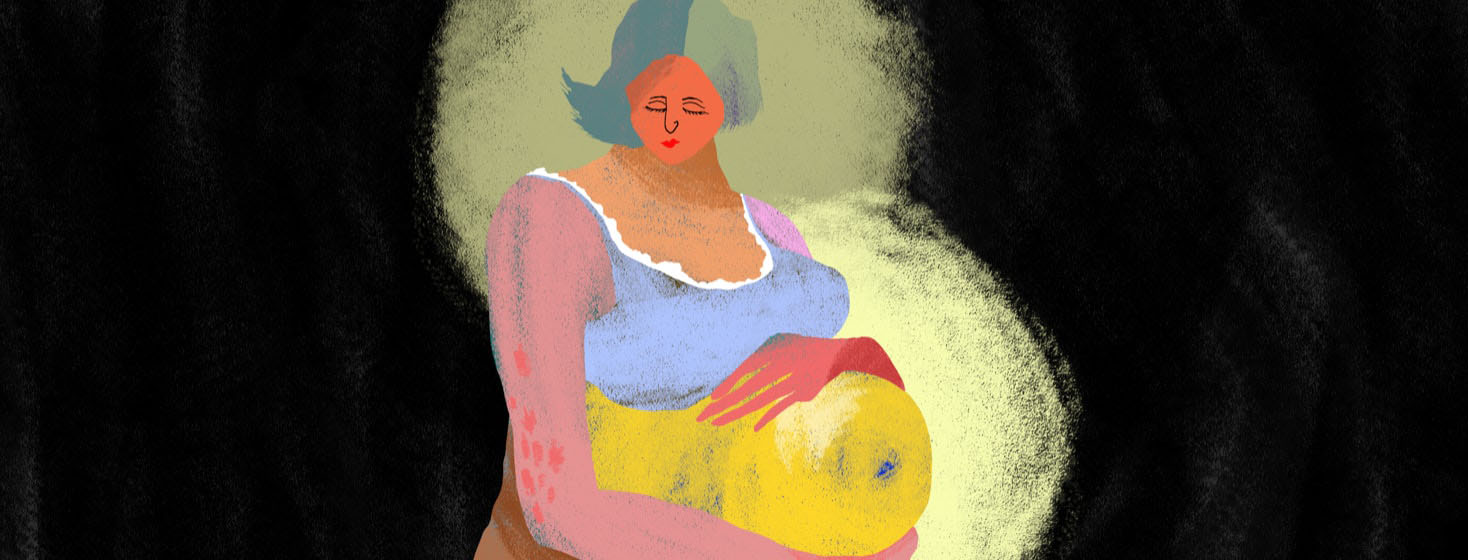Chronic Hives During Pregnancy
Hives are a skin condition that causes red, itchy welts. Hives are common and many people experience them. But some people may have chronic hives. This is a condition where hives last for more than 6 weeks and come back frequently.1
In order to safely grow a baby, the body goes through many changes during pregnancy. Many systems in the body adapt during pregnancy. This can cause a variety of symptoms.2
For people with existing conditions, pregnancy can change how those conditions behave. This is also true for chronic hives.1
How does pregnancy impact chronic hives?
The impact of pregnancy on chronic hives can be different for everyone. For some people, pregnancy can improve hives. But for others it can make them worse.2,3
Some people also have improved or worsening hives after giving birth. Hives during pregnancy may come with painful swelling under the skin called angioedema.2,3
We still do not know exactly what causes chronic hives. One theory is that it is caused by hormone shifts. This is backed up by the fact that women are twice as likely to have chronic hives. Also, chronic hives seem to be affected by:2,3
- The menstrual cycle
- Hormone therapies
- Menopause
This theory helps explain the impact pregnancy may have on chronic hives. Pregnancy also causes significant hormonal changes which may affect hives. But more research is needed to confirm this connection.2,3
Luckily, research shows that chronic hives do not harm the baby. They also do not increase risk for the person going through labor and delivery.2,3
What other rashes are associated with pregnancy?
Pregnancy may cause other skin conditions that look like chronic hives but are not the same. One common skin condition is pruritic urticarial papules and plaques of pregnancy (PUPPP). PUPPP is uncomfortable, but harmless to you and the baby.4
PUPPP is an itchy rash that starts on the belly but can spread to the rest of the body. It usually shows up later in pregnancy. Sometimes it can even appear after delivery. But it does not last long. It usually goes away days to weeks after you give birth.4
PUPPP is the most common skin condition during pregnancy. But we still do not know exactly what causes it. One theory is that it is caused by stretch marks from the skin growing too fast. These stretch marks may make the skin inflamed and cause a rash. Another theory is that PUPPP is caused by hormone changes during pregnancy.4
Another rare skin condition is called pemphigoid gestationis (PG). PG may look like PUPPP, but it can cause pregnancy complications in rare cases. Luckily, PG and complications are rare. Your doctor can use tests to confirm any skin conditions during pregnancy.4
How do you treat skin conditions during pregnancy?
With any medicine, it is important to check with your doctor that it is safe to continue while you are pregnant. That is also true for any treatment you are taking for chronic hives. If you choose to breastfeed, you may also have to adjust your chronic hive treatment during that time.2
Chronic hives are often impacted by certain triggers. A common trigger is stress. One study found that stress as a trigger was a risk factor for worsening hives in pregnant people. It can be helpful to identify and prevent triggers to manage chronic hives.3
If you notice any concerning differences in your skin or health while pregnant, contact your doctor.

Join the conversation